After buying the perfect mattress, it’s time to shop for the perfect sheets! But when it comes time to buy new sheets, where do you begin?
Certain characteristics determine sheets’ durability and comfortability, while others come down to personal taste. Luckily, we have compiled a list of what to keep in mind as you shop for the perfect sheets. This is our ultimate guide on how to buy sheets.
How to Buy Sheets: The Ultimate Buyer’s Guide
Material
Material is one of the most influential factors in determining your sheets’ performance. We’ve identified some of the best materials for sheets. Here’s a quick overview:
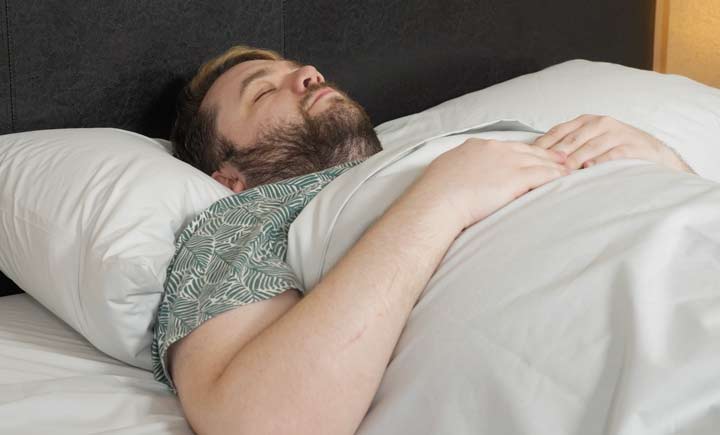
Cotton
Cotton is the most popular and most versatile sheet material on the market. Depending on its weave and thread count, cotton sheets can feel starchy and crisp or buttery and soft. Cotton is also the primary material used in flannel and jersey-knit sheets, and it is frequently blended with other materials.
Certain types of cotton, such as Egyptian cotton or Supima cotton, can also influence the durability and feel of your sheets. These are both considered luxury fabrics, but Supima/Pima cotton is more affordable than Egyptian cotton. The main difference between the two is that Egyptian cotton is grown in Egypt and Supima cotton is grown in the United States.
Microfiber/Polyester
Alongside cotton sheets, sheets made from microfiber or polyester are some of the most affordable out there. Both microfiber and polyester are made from synthetic fibers and are easy to care for. Sleepers looking for comfort on a budget should check out these cotton alternatives. The only drawback here is that they may not last as long.
RELATED: Microfiber vs. Cotton Sheets
Silk
Silk is one of the most luxurious sheet materials and is the top choice for those with sensitive skin for its hypoallergenic properties. Silk sheets and pillowcases protect hair from frizz and help it retain its natural moisture. It is also a temperature-regulating material that helps hot sleepers stay cool. Because silk is also a very delicate material, it is more difficult to care for and more expensive than cotton or polyester.
Linen
Linen sheets are ultra-breathable and have a unique texture that gets softer the more they are washed. They can be made from fully biodegradable materials and are a prime choice for hot sleepers. The high quality of these sheets, however, often brings in a higher price tag.
Weave
Weave refers to the way the threads or yarns of a sheet’s materials are woven together. The two most common weaves in cotton sheets are percale and sateen. Other, less common weaves include twill and dobby. Shoppers looking to control temperature and softness should pay attention to the weave style of their sheets.
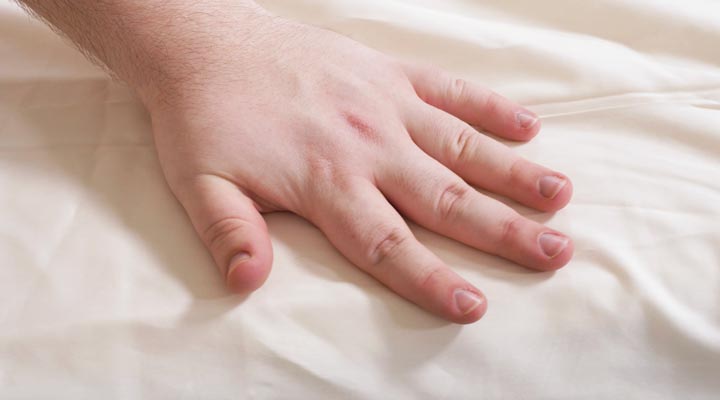
Percale
This weave typically gives the sheets a crisp feel and a matte look. Because percale sheets generally have a low thread count, this weave is excellent for hot sleepers or those who live in warm climates. Check out our list of the Best Percale Sheets of 2025 for our favorite percale picks.
Sateen
Like their name sounds, sateen sheets mimic the ultra-smooth feeling of satin and produce an elegant and smooth appearance. Generally, sateen sheets are less breathable than percale sheets and are better suited for colder weather. Our list of the Best Sateen Sheets of 2025 describes why we love sateen weave sheets.
RELATED: Percale vs. Sateen Sheets
Twill and Dobby
Twill and dobby are less common than percale and sateen weaves. Twill is a thick and wrinkle-resistant weave that masks stains with its distinctive diagonal pattern. Denim products typically feature this weave, although it is also seen in sheets. Dobby weaves are characterized by geometric patterns that have a slightly raised feel. Both twill and dobby weaves are visually distinctive and can be found in decorative or highly designed sheets.
Thread Count
A common misconception among shoppers is that a higher thread count indicates higher quality sheets. The thread count of any set of sheets depends on its weave and material, meaning it is not necessarily the best factor to consider when comparing sheets. What is the best thread count for sheets? Let’s break it down.
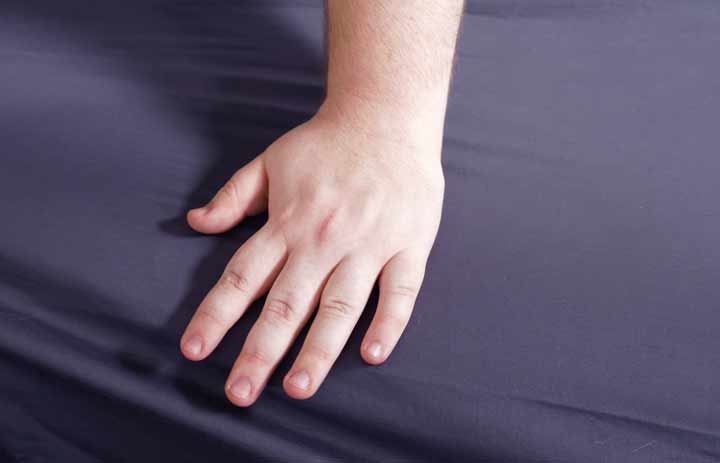
We recommend a thread count between 200 and 600 for most sheets. If a brand advertises their sheets as being over 800, we’d suggest you be a little skeptical as these numbers may be artificially inflated. Keep in mind that some materials like silk and flannel are measured by weight and rarely list thread counts at all.
Because thread count refers to the number of threads in a square inch of fabric, it influences feel and breathability. A lower thread count generally allows for increased airflow, which keeps hot sleepers cool throughout the night, but might not feel as soft as higher thread count sheets. High-count sheets like sateen sheets typically feel warmer, softer and cozier than low-count sheets.
Overall, thread count can be useful when comparing sheets of the same material. Thread count is not the only factor that contributes to quality, nor is the sheet set with the highest thread count necessarily the best set for you. Hot sleepers in particular should pay attention to thread count when shopping for sheets.
Eco-Friendly and Sustainable Certifications
For the environmentally conscious shoppers out there, there are a few certifications that guarantee your new sheets were made with the health of the planet and its people in mind.
Organic sheets are made without chemical additives such as pesticides or chemical fabric treatments. Similarly, vegan sheets are made without any animal-derived materials such as silk, wool or down.
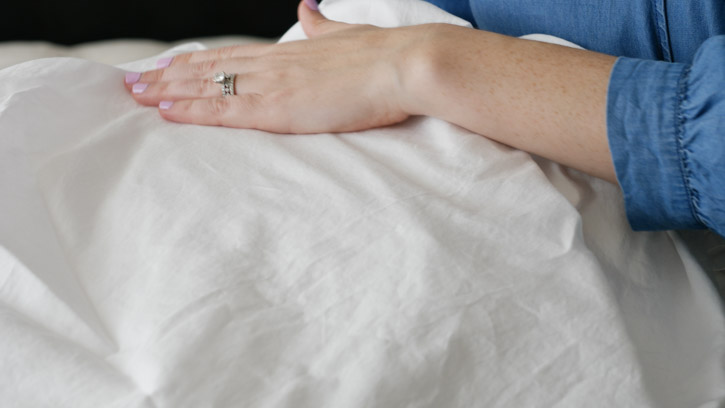
The international gold standard for organic sheet certification is the Global Organic Textile Standard (GOTS). This organization looks at the ecological and social effects of the entire supply chain and ensures the sheets are made safely and ethically. The high standards associated with GOTS means that certified sheets may be more expensive.
OEKO-Tex is best known for testing textiles for harmful substances. OEKO-Tex certified sheets have been evaluated against extensive criteria to ensure every part of the product is harmless for human health.
Feel
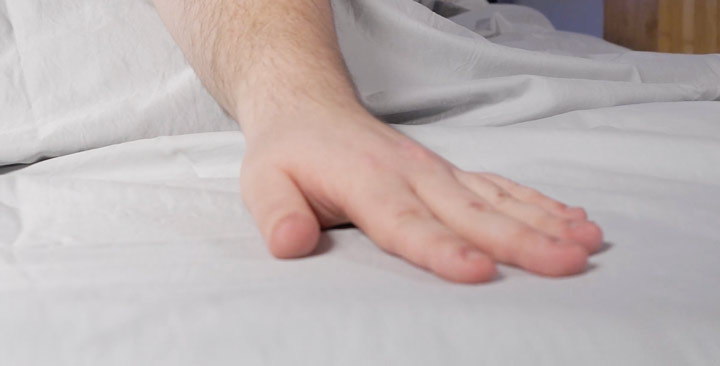
When it comes to feel, what sheets are most comfortable comes down to personal preference. When choosing sheets with the feel you want, be sure to look at the material, weave and thread count.
Material is the primary factor that influences the feel of sheets. Linens have a natural texture, while bamboo or TENCEL™ are naturally soft and smooth. Cotton can feel either crisp or soft depending on the weave style. Percale cotton sheets tend to feel crisp and clean like a fresh-pressed shirt, while sateen cotton sheets are ultra-soft and smooth.
Properly caring for your sheets will also influence their feel. Linen and high-quality cotton sheets are designed to get softer after additional washes. Washing sheets after opening or using fabric softener are two ways to soften bed sheets yourself.
Generally, sheets with a higher thread count will feel softer yet weightier than sheets with a lower thread count. However, what is considered a high thread count depends on the material it is made from. You’ll want a thread count of around 400 for cotton, 300 for bamboo, and 130 for linen to get the softest feel.
Cooling and Temperature Regulation
Sheets naturally warm the body by retaining body heat close to the skin. But sleeping too warm feels uncomfortable and can make you sweaty.
A sheet set’s ability to regulate temperature relates to its breathability, which describes how easily air flows through the fabric. Breathability is often determined by material, weave style and thread count. Sheets with a low thread count, such as percale sheets, generally have good breathability. Linen, bamboo and cotton are all materials commonly found in cooling sheets.
Another important factor to consider in temperature regulation is the moisture-wicking properties of the sheets. Moisture-wicking sheets pull moisture, including sweat, away from the body, which naturally lowers the body’s temperature. TENCEL™ and bamboo are particularly effective at wicking away moisture.
For cold sleepers, material and weave are, again, the factors to consider. Materials like flannel maximize the amount of body heat being trapped and can keep cold sleepers warm even in cooler climates thanks to its thick, fuzzy construction. Sheets with a higher thread count, such as sateen weave sheets, are also good options for cold sleepers because they have less room for airflow.
Mattress Size and Thickness
No one wants to sleep on sheets that won’t stay on the bed. Shoppers should consider not only their mattress size but also their mattress thickness to ensure their new sheets fit their beds.
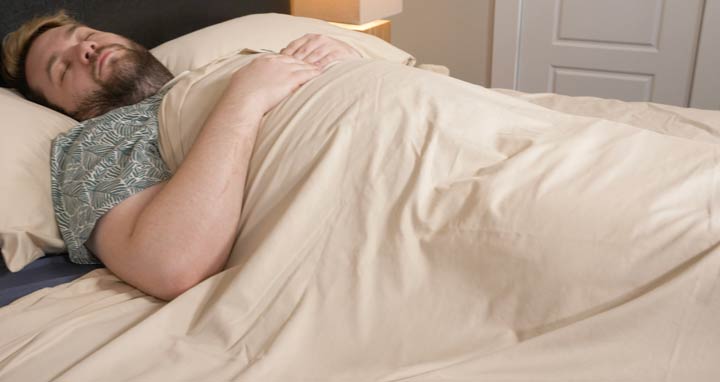
Sheets come in an array of sizes. Most standard sheet sets range from twin all the way up to California king. The price of a sheet set generally increases with the amount of fabric, so bigger sheet sizes tend to cost more.
Especially tall mattresses require fitted sheets with deep pockets to accommodate the additional height. Regular pockets generally fit mattresses up to 14” tall, deep pockets can fit mattresses between 15” to 18” tall, and extra deep pockets can accommodate mattresses up to 24” inches tall. Sleepers should also account for the added height of mattress toppers when measuring their mattresses. Should you choose to buy one, you’ll want to be sure that you won’t have to purchase a new set of sheets along with it.
Since mattresses curve in the corners, we recommend measuring the width, height, and depth of the mattress from the middle of each side to account for the mattress’s widest points.
Color and Style
Sheets should look as good as they feel. Color and design are important considerations when purchasing new sheets.
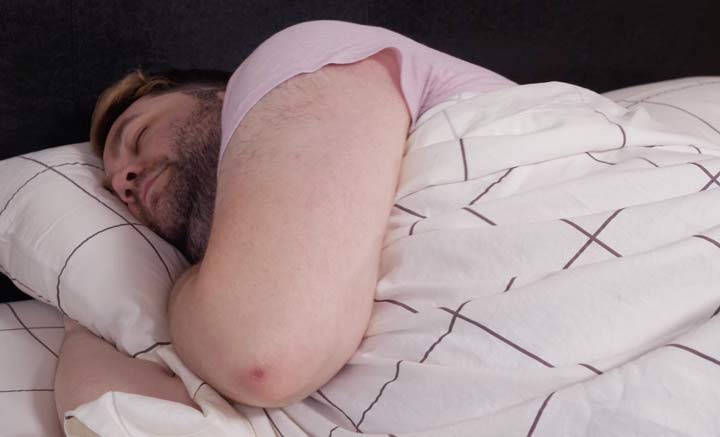
Some sheets only come in classic white, while others feature a variety of color and design options. Some sheets, like Brooklinen’s sheet collection, even have limited-edition designs available.
Styles and colors may also vary based on sheet size, with more standard sizes often having more color choices. Variations of color and design, especially in sheets that are highly decorative, may include an increase in price.
Price
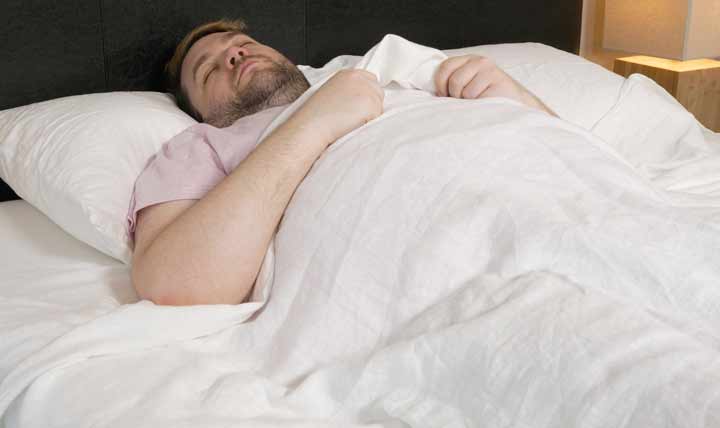
Sheets have a lot of variety in their pricing. Budget sheets can be priced as low as $20, while truly luxurious sheets, such as linens, can climb above $400 for a king-sized set. But why such a range in price?
In general, sheet price correlates to quality. Benefits of luxury sheets include increased durability, meaning higher quality sheets may retain their feel and resist damage longer than certain budget options. Linens and silks, which are considered luxury materials, will have higher price tags.
Like thread count, price is not always the best metric of quality. Other factors, such as certain certifications or the use of certain materials, can increase the price of sheets. All of this is to say the most expensive set may not always deliver the best value.
RELATED: Best Sheets for the Money
Care Instructions
To keep sheets clean, experts recommend average sleepers wash their sheets about once per week. Even if you don’t stick to that schedule, how you care for your sheets affects how your sheets perform. Shoppers should pay attention to the care instructions of their sheets before making any big purchases.
In general, cotton sheets are the easiest to care for, and most cotton sheet sets are machine-washable and dryer safe. Low maintenance sheet options include percale cotton sheets, although sleepers should note that these sheets can be prone to wrinkling and may need an iron. The most delicate and luxurious materials usually require special care and may not be machine-washable or dryer safe.
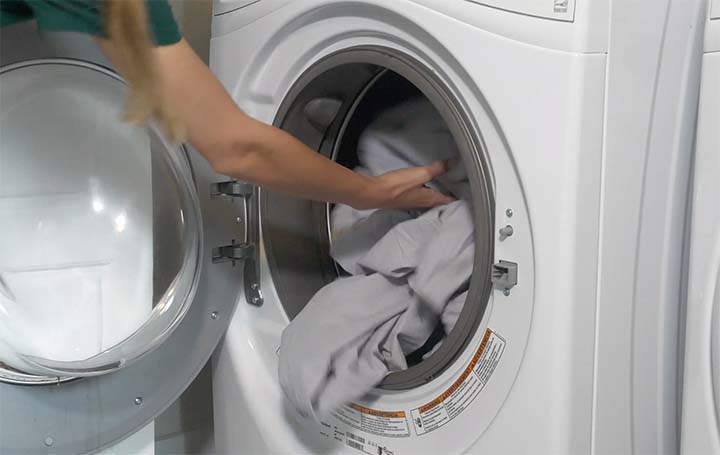
Some materials are also more likely to pill or wrinkle more than others. Materials made from longer and/or natural fibers like bamboo, silk and linen are all less likely to pill than man-made fibers. However, jersey and microfiber sheets made from polyester are wrinkle-resistant and easy to care for.
But if you’re not sure, you should follow the manufacturer’s care instructions to prolong the life of their sheets. These are usually included with your sheets, be it in a small pamphlet or on the sheet’s tags. But you can always check out the proper instructions online as well.
FAQs
Where can I buy bed sheets for an adjustable bed?
Adjustable beds come in a variety of standard sizes including full, queen and king size. The best sheets for an adjustable bed are those with deep pockets that can accommodate mattresses with a depth up to 25”. Sheet fasteners or elastic straps also work to keep sheets in place even on adjustable beds. Always double check the size dimensions of bed sheets before you purchase them.
Should I buy queen sheets for a full bed?
A queen size bed is 6” wider and 5” longer than a full size bed. Sheets for queen and full size beds are easily accessible and sold by all major bedding companies. Queen size sheets will work on a full bed in a pinch, but there will be an excess of fabric which could look sloppy. It is best to use full size fitted and top sheets on a full size mattress.
When is the best time to buy bed sheets?
There are a few times a year that mattresses and bedding go on huge sales, mainly around major US holidays. Shoppers can expect the best discounts on bed sheets around holidays like President’s Day and Memorial Day.
How often should you buy new bed sheets?
The lifespan of your current bed sheets depends on its material and quality. Typically, it is recommended that you buy new bed sheets every two to three years or every 100 washes. Some luxury sheets will last over five years with the proper care. If your bed sheets have obvious signs of aging or damage, it is time to replace your sheets regardless of actual age.

